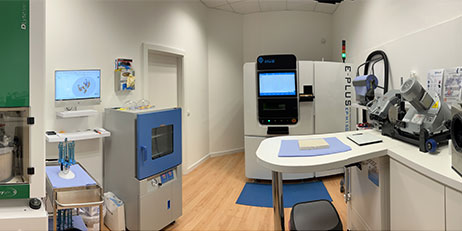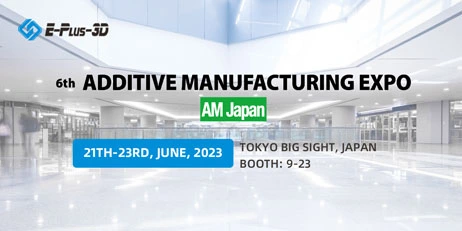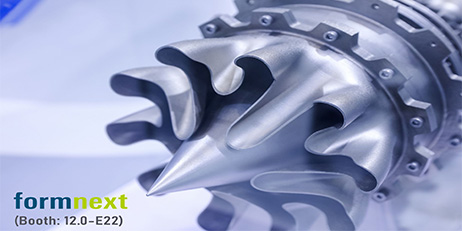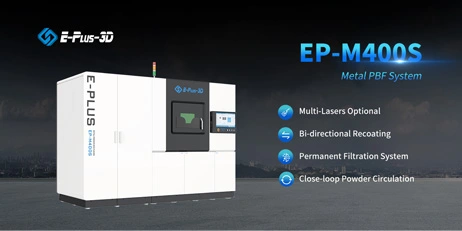To meet the requirements of materials for 3D printing, what conditions should 3D printing metal powder meet?
Purity of 3D printing metal powder
Ceramic impurities significantly reduce the performance of the final product, and these impurities generally have high melting points and are difficult to sinter. Therefore, there should be no ceramic impurities in the powder.
In addition, the oxygen and nitrogen content also needs to be strictly controlled. Currently, the powder preparation technology used for metal 3D printing is mainly atomization method, and the powder has a large specific surface area, which is easy to oxidize. In special applications such as aerospace, customers have stricter requirements for this indicator. For example, the oxygen content of high-temperature alloy powder is 0.006%-0.018%, the oxygen content of titanium alloy powder is 0.007%-0.013%, and the oxygen content of stainless steel powder is 0.010%-0.025%.
Flowability and bulk density of 3D printing metal powder
Powder flowability directly affects the uniformity of powder laying during printing and the stability of powder feeding process.
Flowability is related to the powder morphology, particle size distribution and bulk density. The larger the particle size, the more regular the particle shape, and the smaller the proportion of extremely fine powder in the particle size composition, the better the flowability. With constant particle density, the relative density increases, and the powder flowability increases as well. In addition, the adsorption of water, gas, and other substances on the particle surface will reduce the powder flowability.
Particle size distribution of 3D printing metal powder
Different 3D printing equipment and molding processes have different requirements for powder particle size distribution. The commonly used powder particle size range for metal 3D printing is 15-53μm (fine powder) and 53-105μm (coarse powder).
The selection of 3D printing metal powder particle size is mainly based on the division of different energy sources of metal printers. For printers that use laser as their energy source, because the focusing spot is fine, it is easier to melt fine powder, so 15-53μm powder is suitable as consumables, and the powder supply method is layer-by-layer powder laying. For printers that use electron beams as their energy source and belong to the powder laying type, since the focusing spot is slightly thicker, it is more suitable for melting coarse powder. Therefore, 53-105μm coarse powder is suitable as the main raw material. As for coaxial powder feeding type printers, 105-150μm powder can be used as consumables.
Morphology of 3D printing metal powder
The morphology of the powder is closely related to the powder preparation method. Generally, when metal gas or molten liquid is transformed into powder, the particle shape tends to be spherical. When transformed from a solid state to powder, the particle shape of the powder is mostly irregular. The powder prepared by the water-soluble electrolysis method is mostly in a branched shape.
In general, the higher the sphericity, the better the flowability of the powder particles. 3D printing metal powder requires a sphericity of over 98%, so that powder laying and powder feeding can be carried out more easily during printing.























